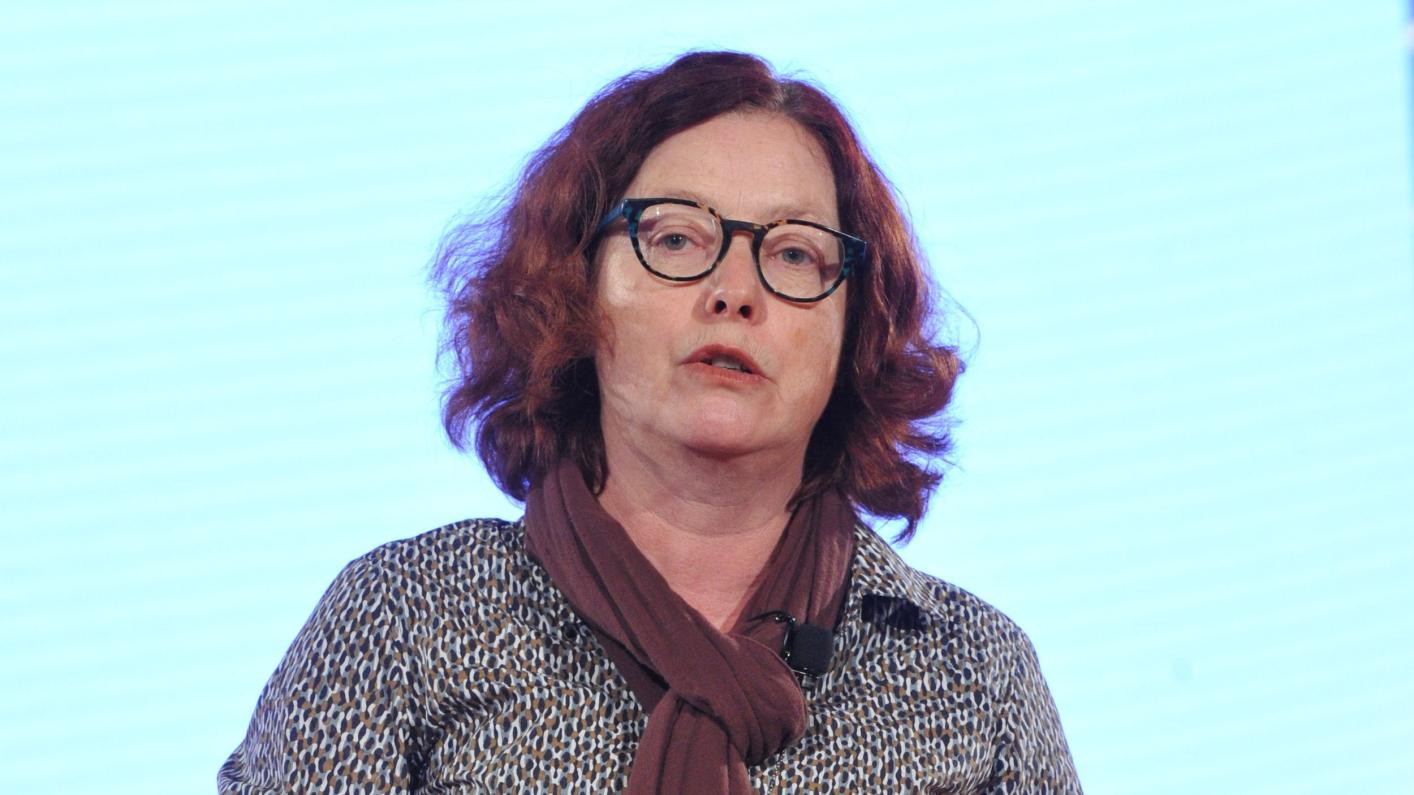News / NHS will need extra £38bn by 2029/30 to improve services
The NHS could face a £38bn shortfall in funding by the end of the next Parliament if the budget grows in line with planned growth in overall public spending, according to new analysis by the Health Foundation published this week.

The think tank said that funding promised by all the main political parties fell well short of the sums needed to improve services and called for greater honesty about the scale of the challenge facing the NHS. ‘Honesty about this has so far been conspicuously lacking from the general election debate, with both the main parties unwilling to spell out the difficult choices on public spending and taxation that will confront the next government,’ said Anita Charlesworth (pictured), director of the Health Foundation’s REAL Centre. ‘The scenario we have set out is not overly ambitious – it is broadly in line with the pledges set out by the main political parties and public expectations, and assumes the NHS can deliver challenging improvements in productivity.’
The think tank has considered two scenarios for funding over the next decade. Both scenarios allow for a growing and ageing population and for changes in care resulting from new technology and treatments. However, one models the funding needed to deliver sustained improvement, address the backlog over the 10-year period and care for more people out-of-hospital. It also factors in a greater focus on prevention and includes uplifts for capital and the public health grant and funding to boost pay to help attract and retain staff. It also assumes productivity growth of 0.9% a year.
The second scenario would see minimal change. While the funding would be sufficient to meet demand, it would not allow for much change to the current, hospital-focused model of care and it would not be sufficient to clear the backlog. It assumes lower investment in capital investment and the public health grant and pay that simply keeps pace with the wider economy rather than making up for lost ground over the last 15 years.
Under the sustained improvement scenario, the think tank has estimated that average real-terms growth of 3.8% would be needed over the next 10 years. In fact, growth would need to be front loaded, with average real-terms increases of 4.5% in the first five years followed by five years of 3.1% growth. This would add up to an extra £46bn of funding in 2029/30 – £38bn more than the £8bn increase if the health budget grows in line with the planned growth for public spending factored into the Office for Budget Responsibility’s (OBR’s) economic forecasts for the next Parliament.
Within the overall growth figure for this scenario, there is bigger percentage increase for capital spending. The think tank’s analysis suggested that the capital budget should grow by 10.2% in real terms for the first five years, followed by five years at 5.4% – equating to a 7.8% average real-terms increase over the whole period. The boost in capital spending, which would see capital spending rise from almost £13bn this year to £21bn in 2029/30, is seen as vital to improving productivity.
Under the minimal change scenario, funding would grow by 2.9% in real terms over the 10 years, with five years of 3.1% growth followed by five years at 2.7%. Some two-thirds of the increase would be needed just to keep pace with population growth and the rising number of people living with major illness, according to the analysis.
The foundation said that while the 3.8% growth under the sustained improvement model appeared high, it was broadly in line with the historic average. It was also comparable to Institute for Fiscal Studies estimates for the growth needed to deliver the NHS long-term workforce plan.
The Health Foundation warned that its funding estimates relied on ambitious assumptions for productivity improvement, which may take time to deliver even with increased capital investment. Without these productivity improvements, the funding needed to improve services would be even higher.
Although the foundation has compared its funding projections to the OBR assumptions for overall public spending growth, there is an expectation that health budgets would receive higher growth at the expense of ‘unprotected’ spending departments. But none of the main parties have set out spending plans in this level of detail.
In their manifestos, the main parties stuck mainly to making uncosted promises, such as delivering the workforce plan or addressing the elective backlog, or identifying funding for specific initiatives. The Conservatives for example promised to increase NHS spending above inflation in each year of the next Parliament, while Labour highlighted additional spending of £1.8bn for key programmes and the Liberal Democrats highlighted extra spending of £3.7bn.
Layla McCay, director of policy at the NHS Confederation, described the analysis as a ‘stark warning’. ‘Put simply, if a new government is going fulfil campaign promises to tackle NHS backlogs and improve performance then it will have to invest further,’ she said.
The ‘pay-off’ from adequate funding would be the ability to make inroads into waiting times, prioritise prevention and invest in primary, community and mental health care. ‘All of these will allow patients to receive care more quickly and conveniently,’ she added. ‘Inadequate investment will create further challenges for the NHS.'
Related content
The Institute’s annual costing conference provides the NHS with the latest developments and guidance in NHS costing.
The value masterclass shares examples of organisations and systems that have pursued a value-driven approach and the results they have achieved.